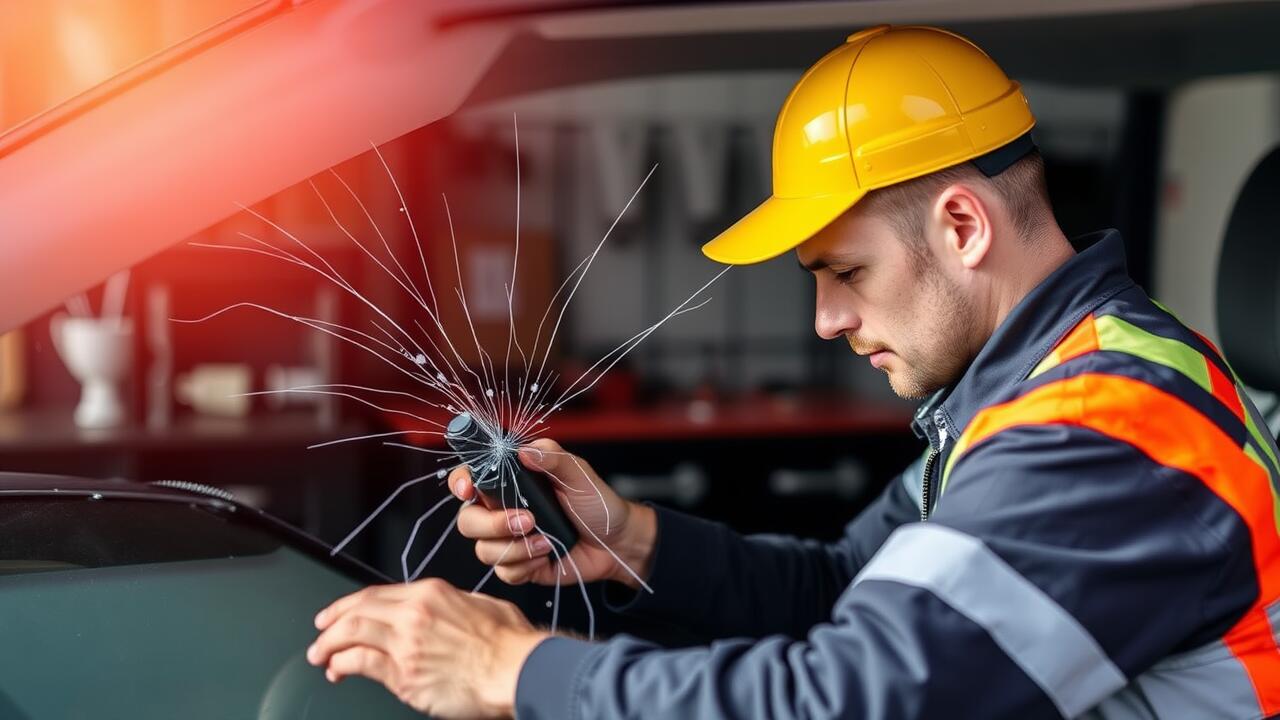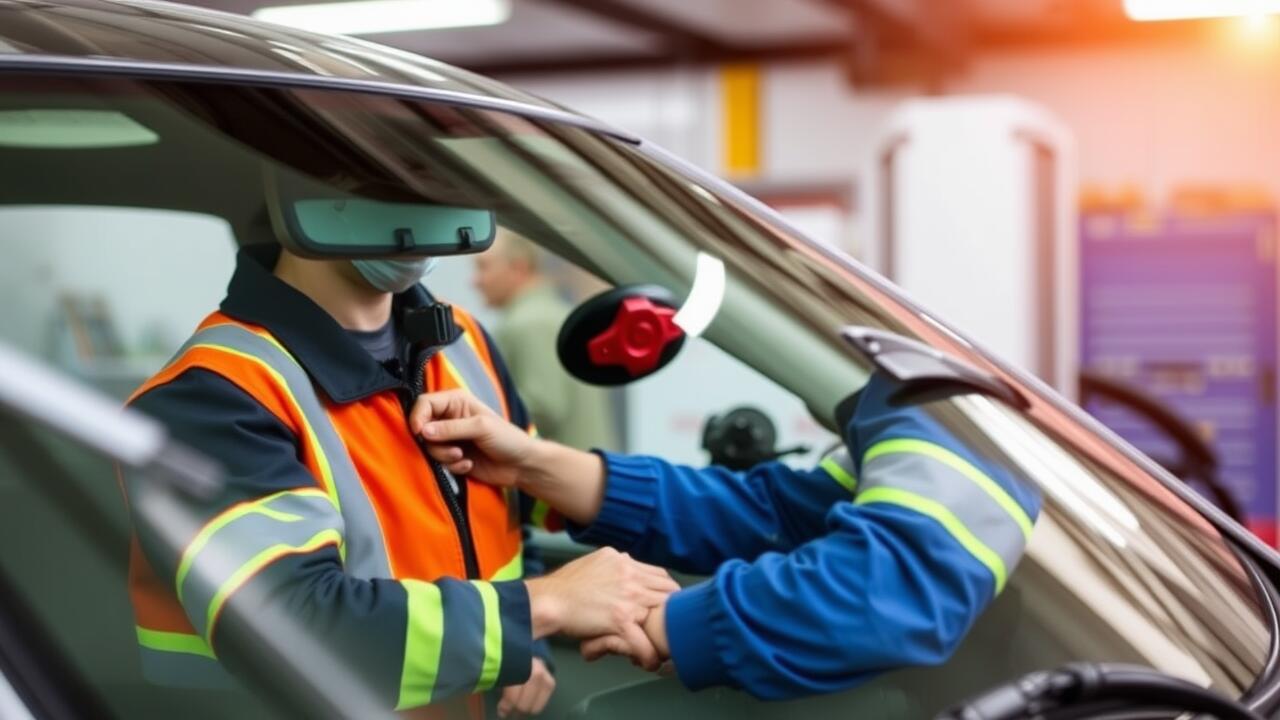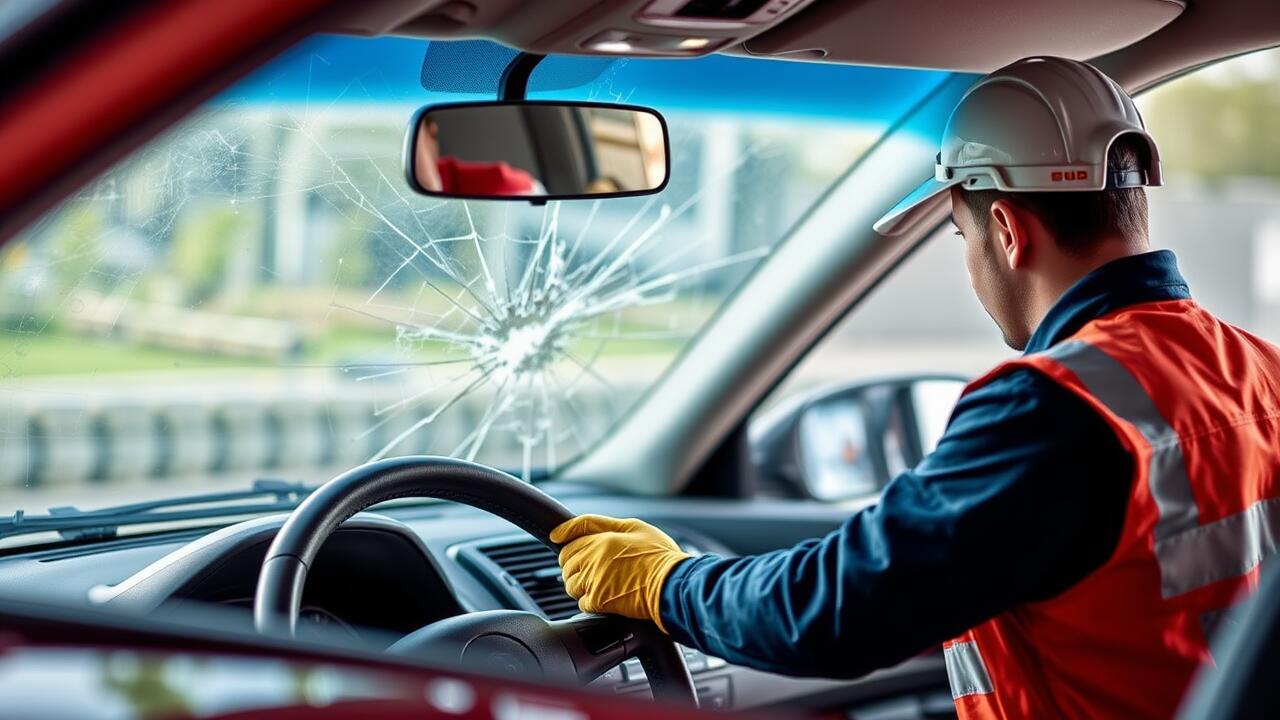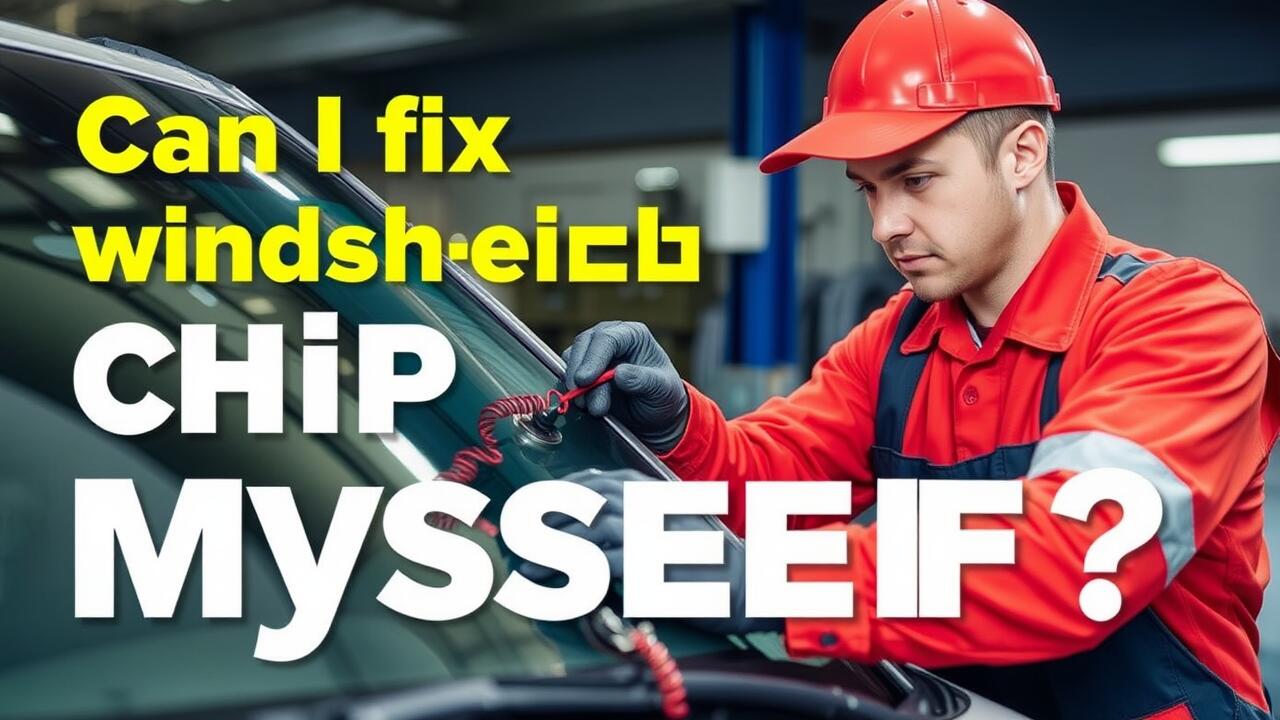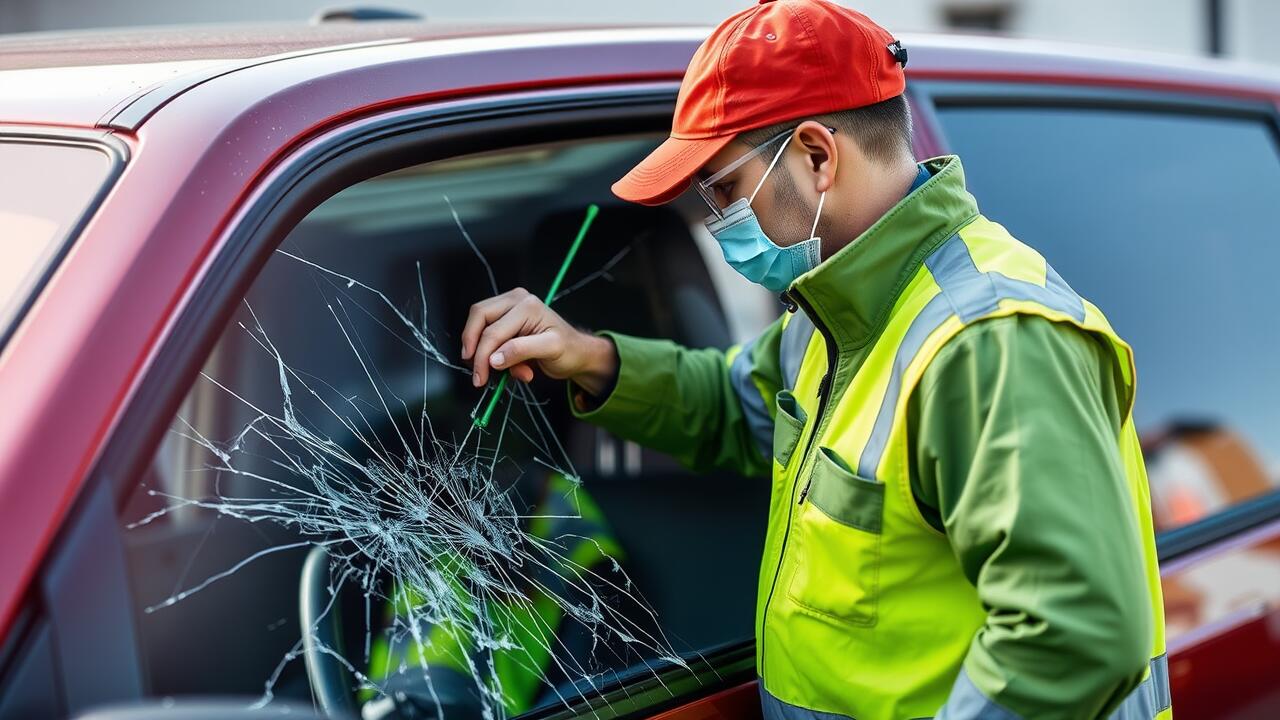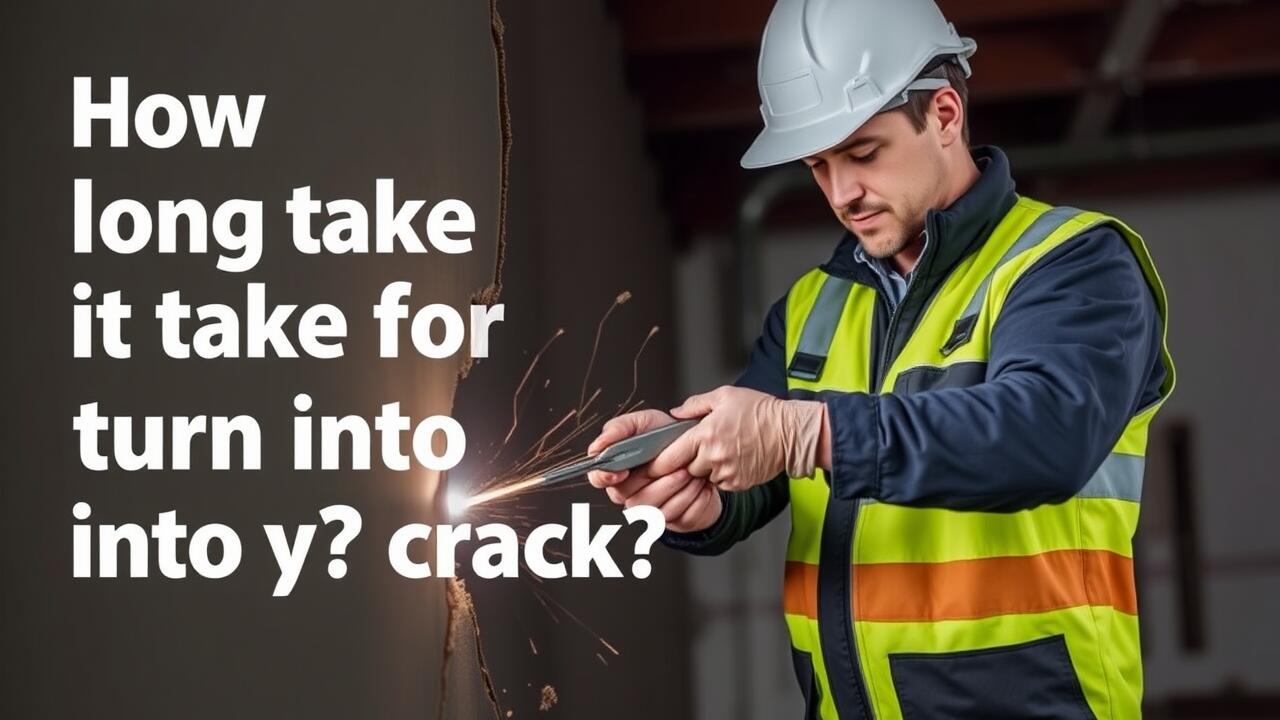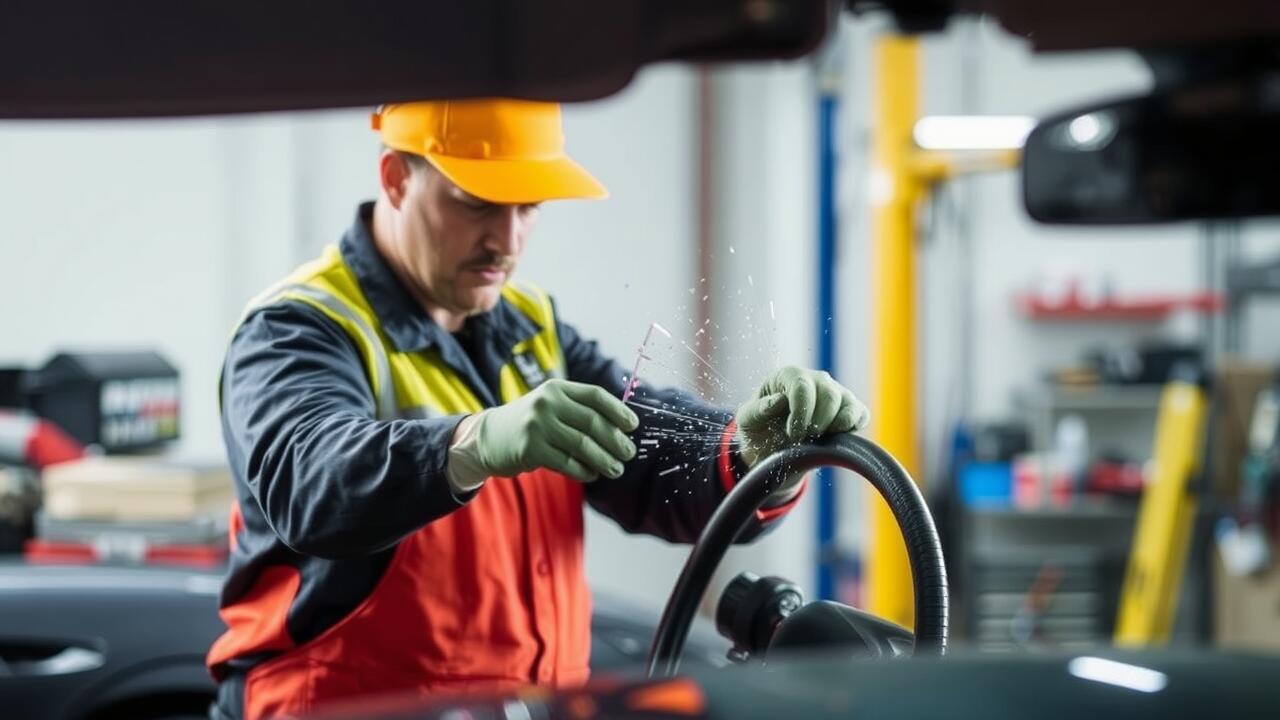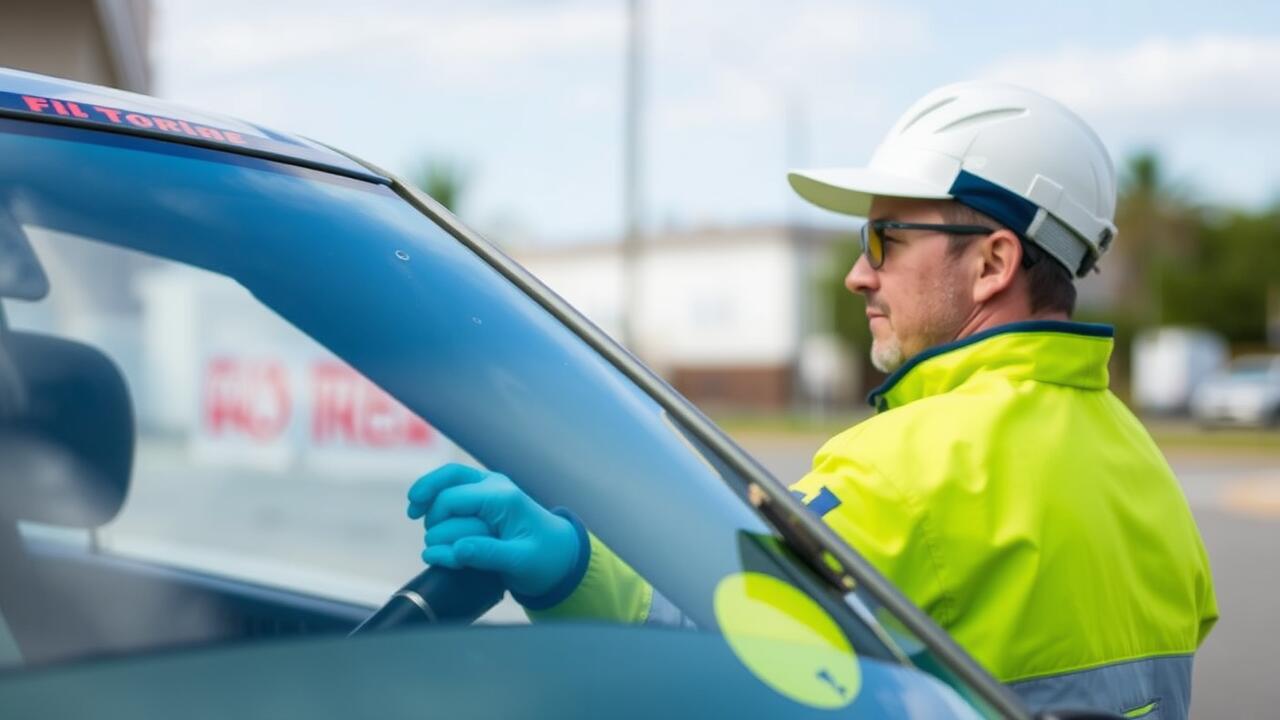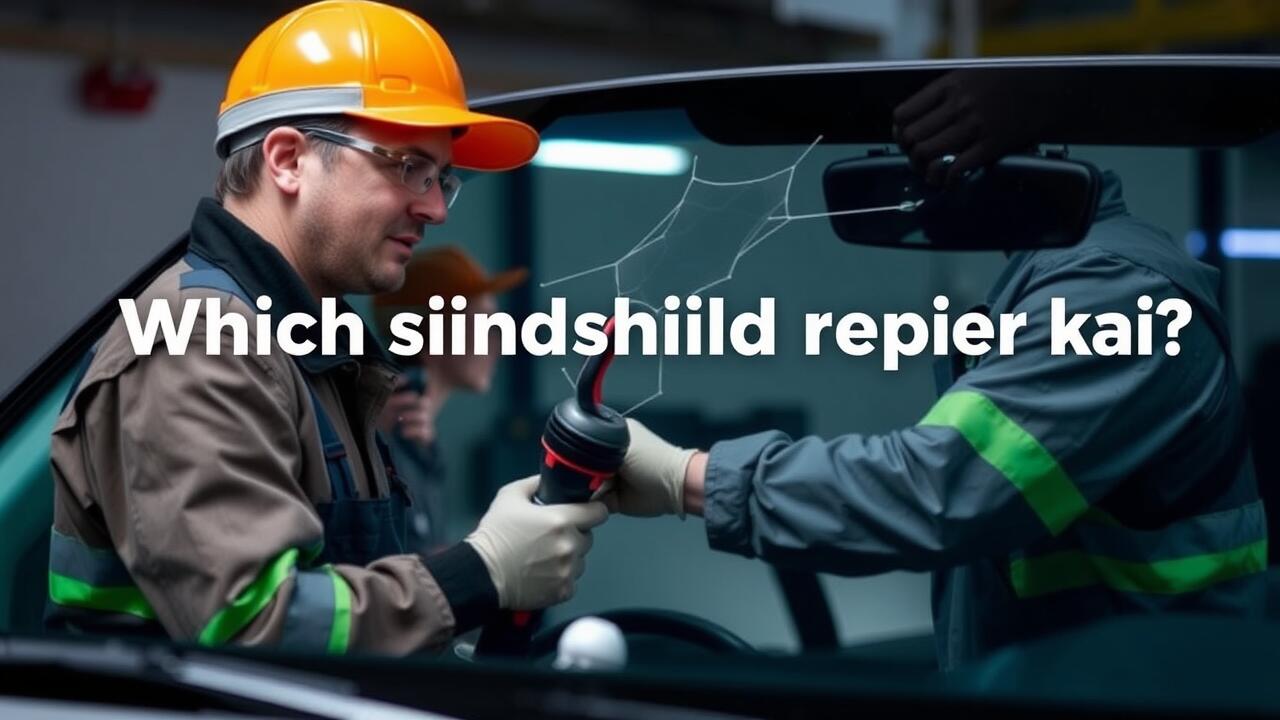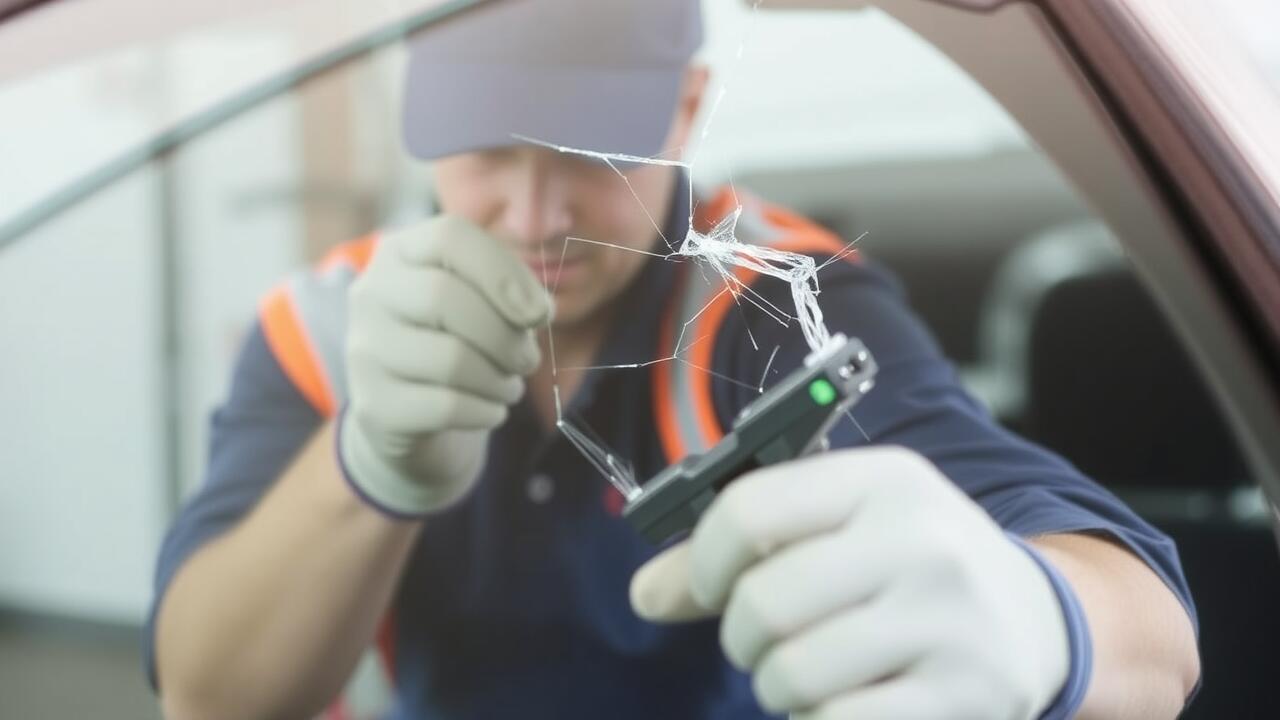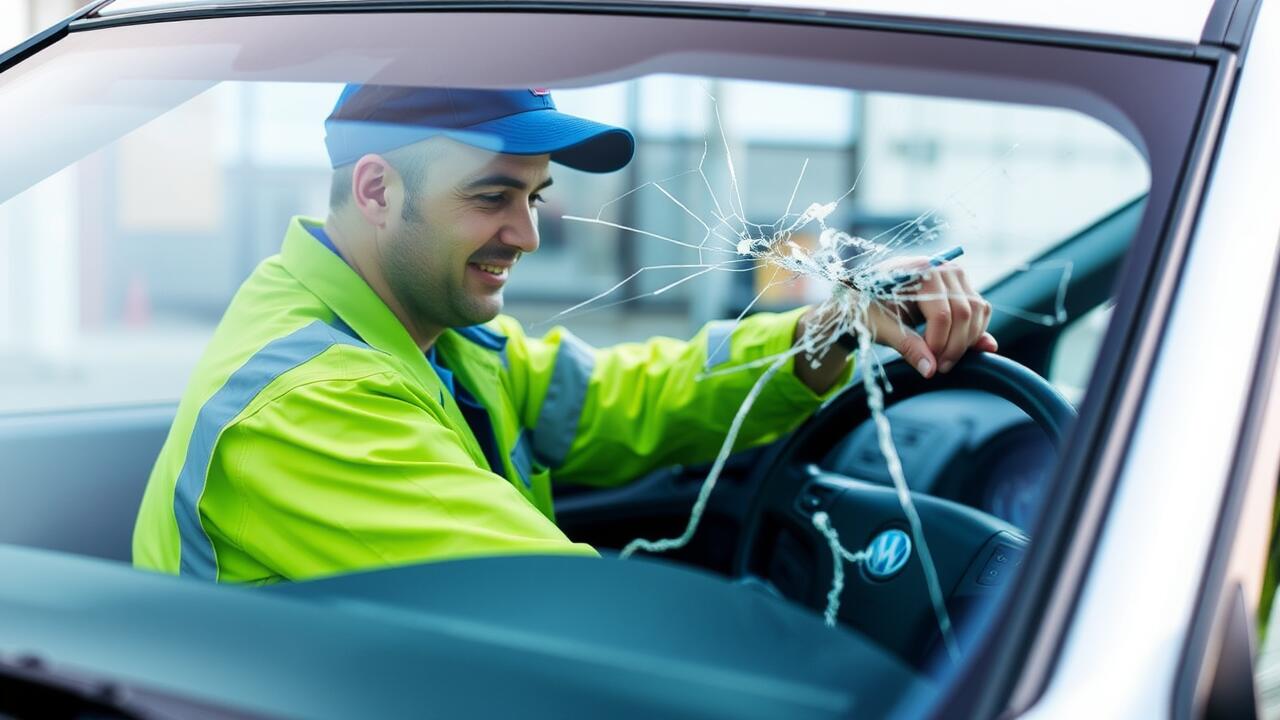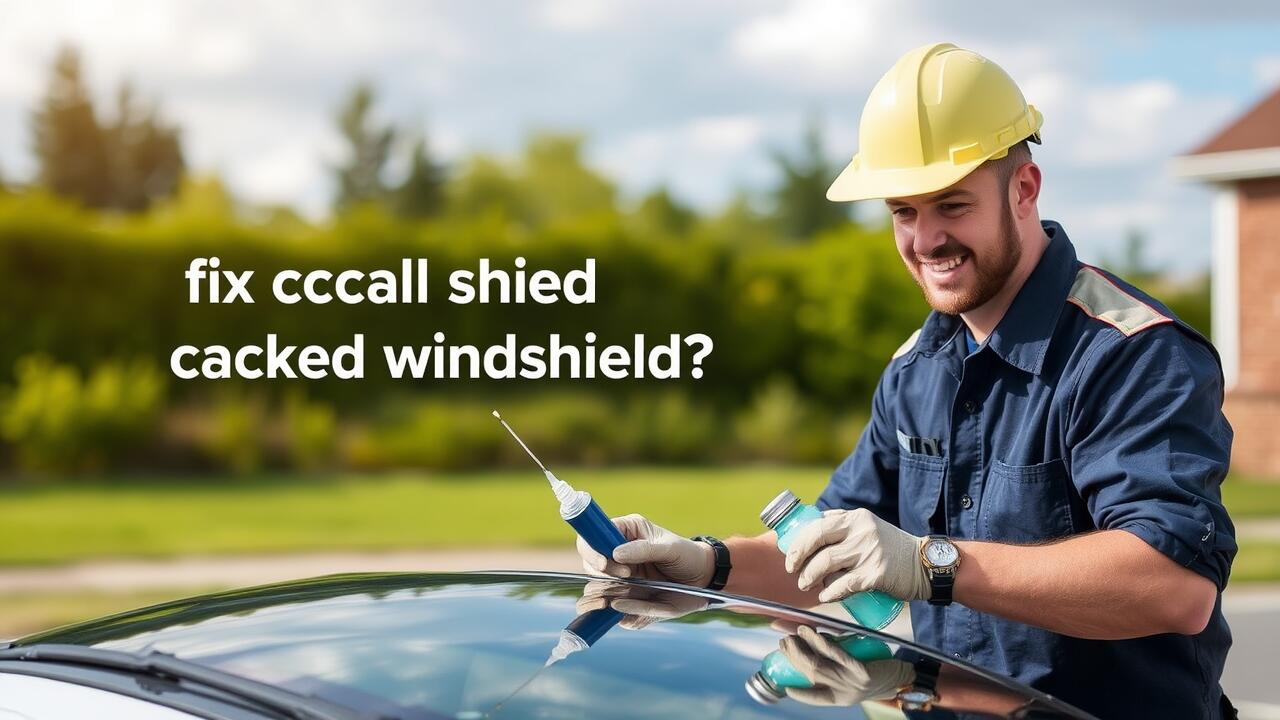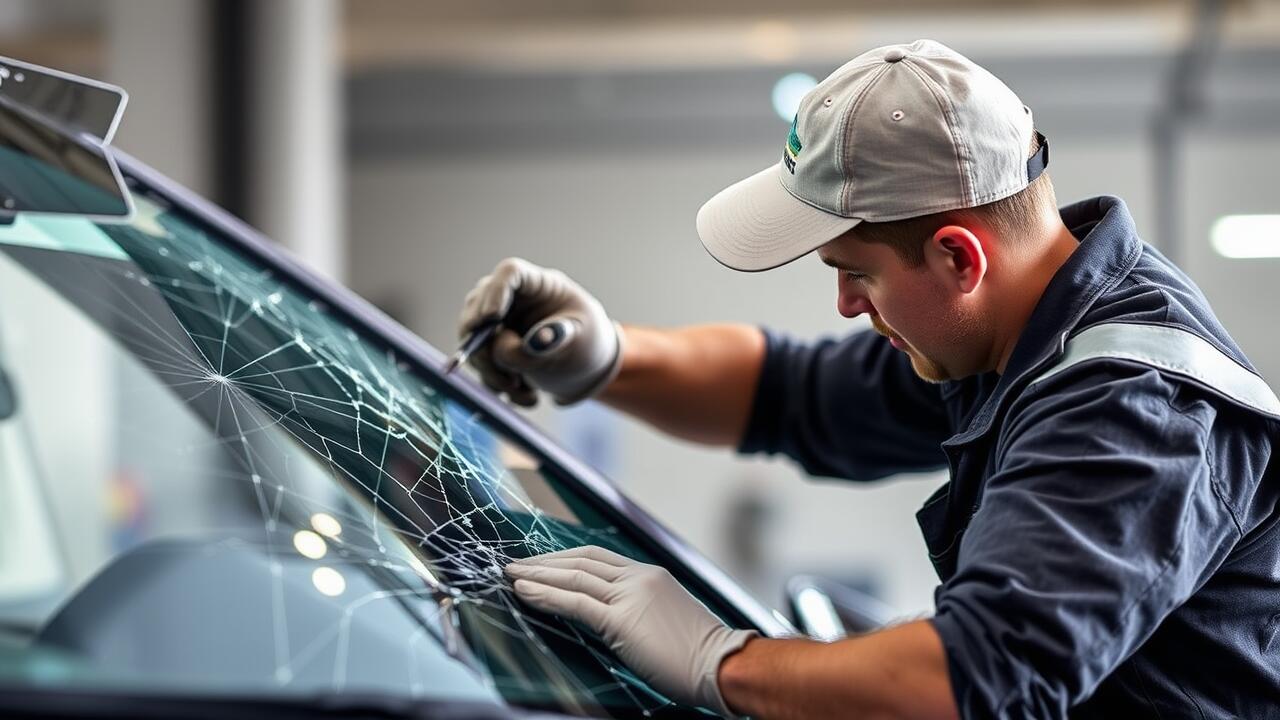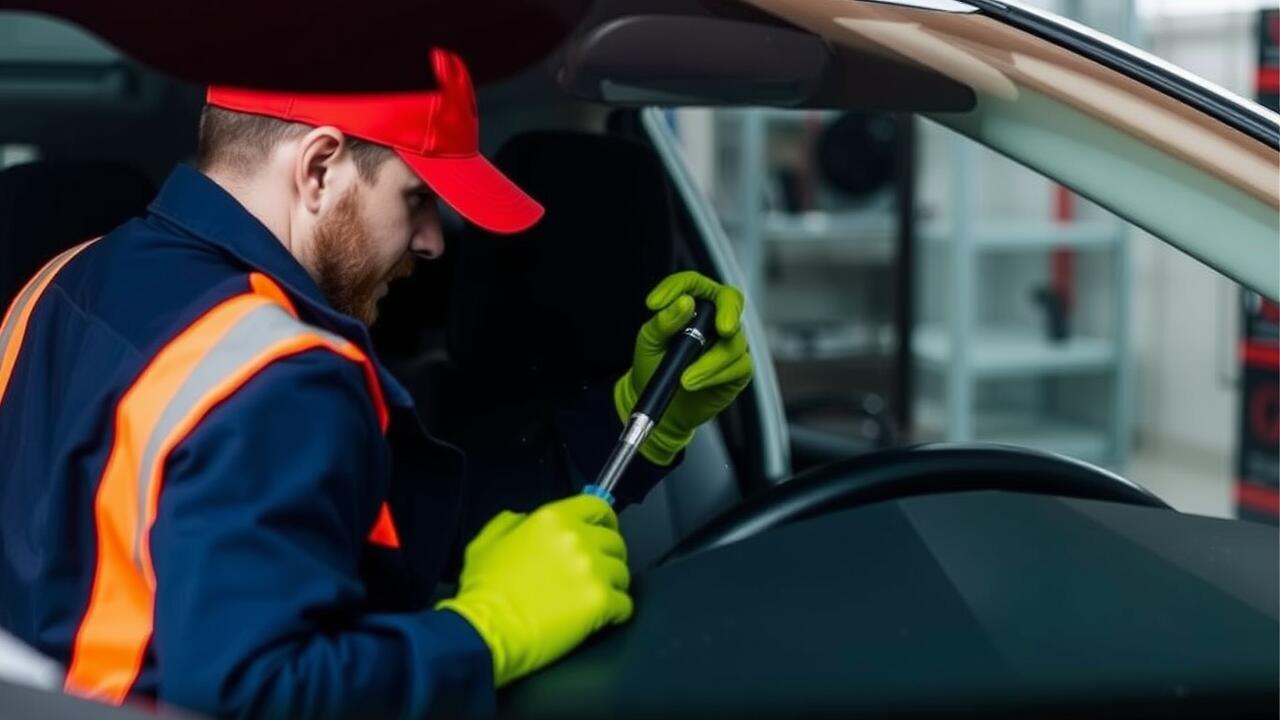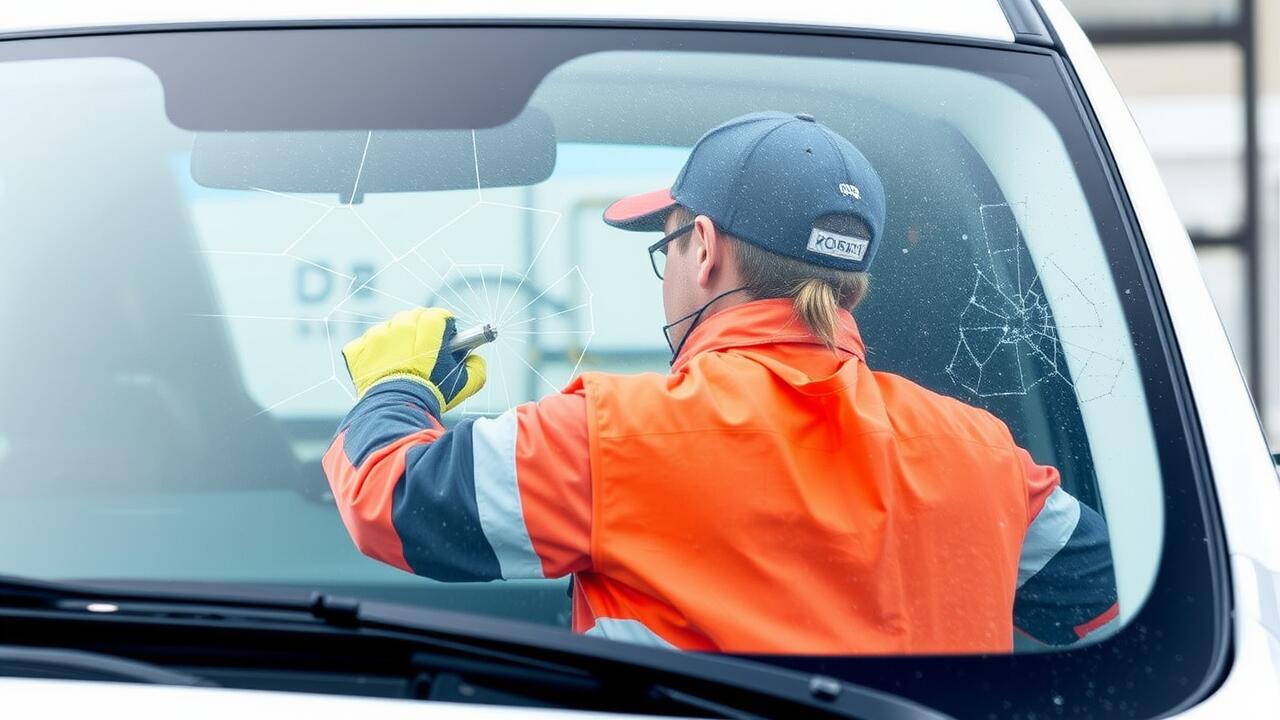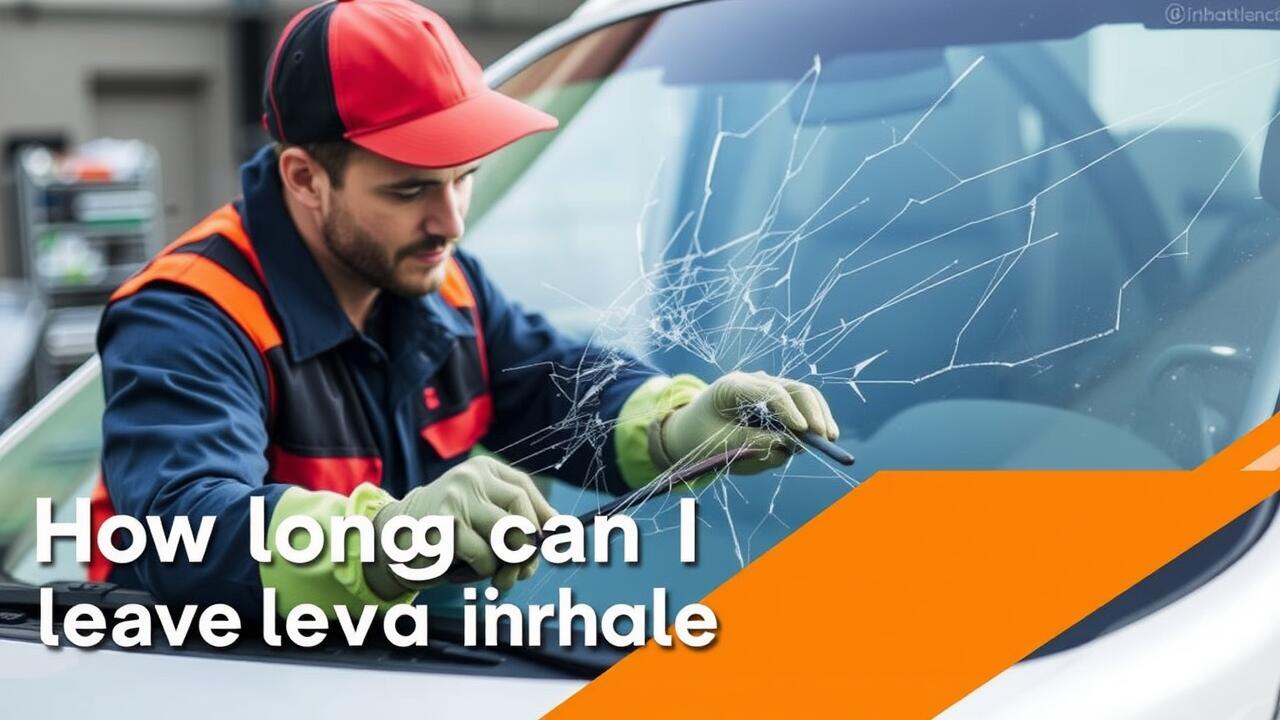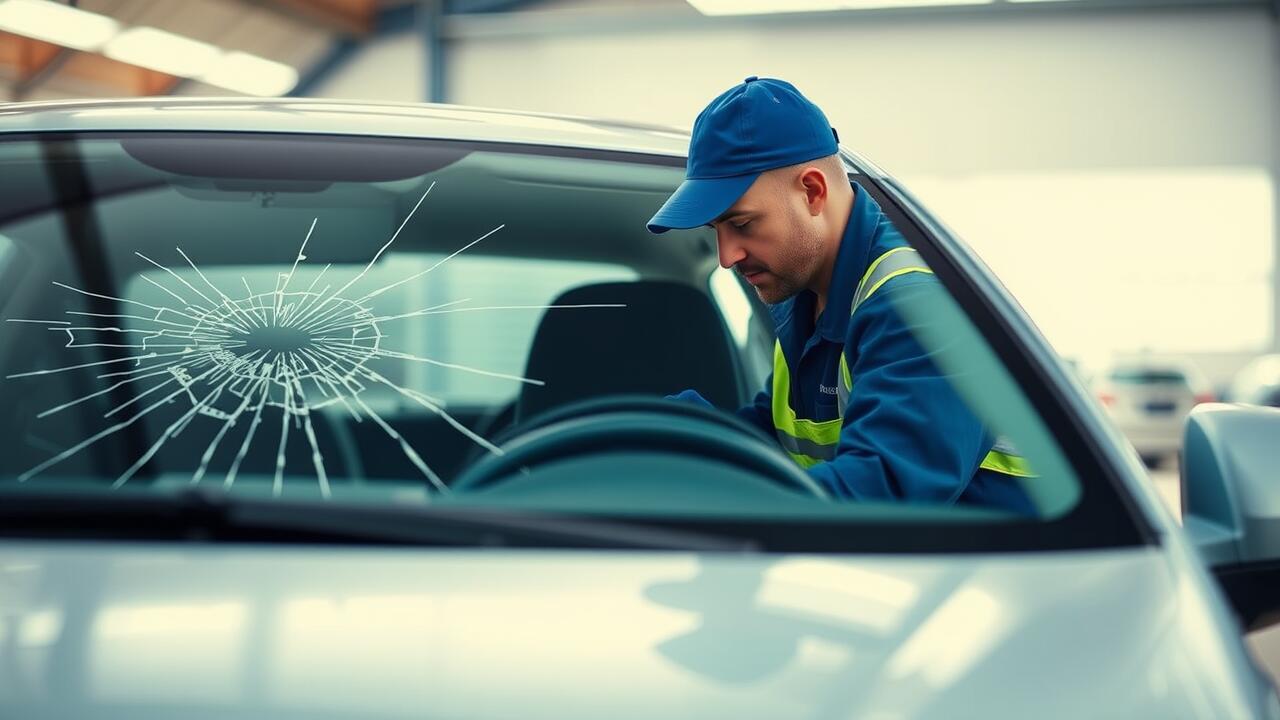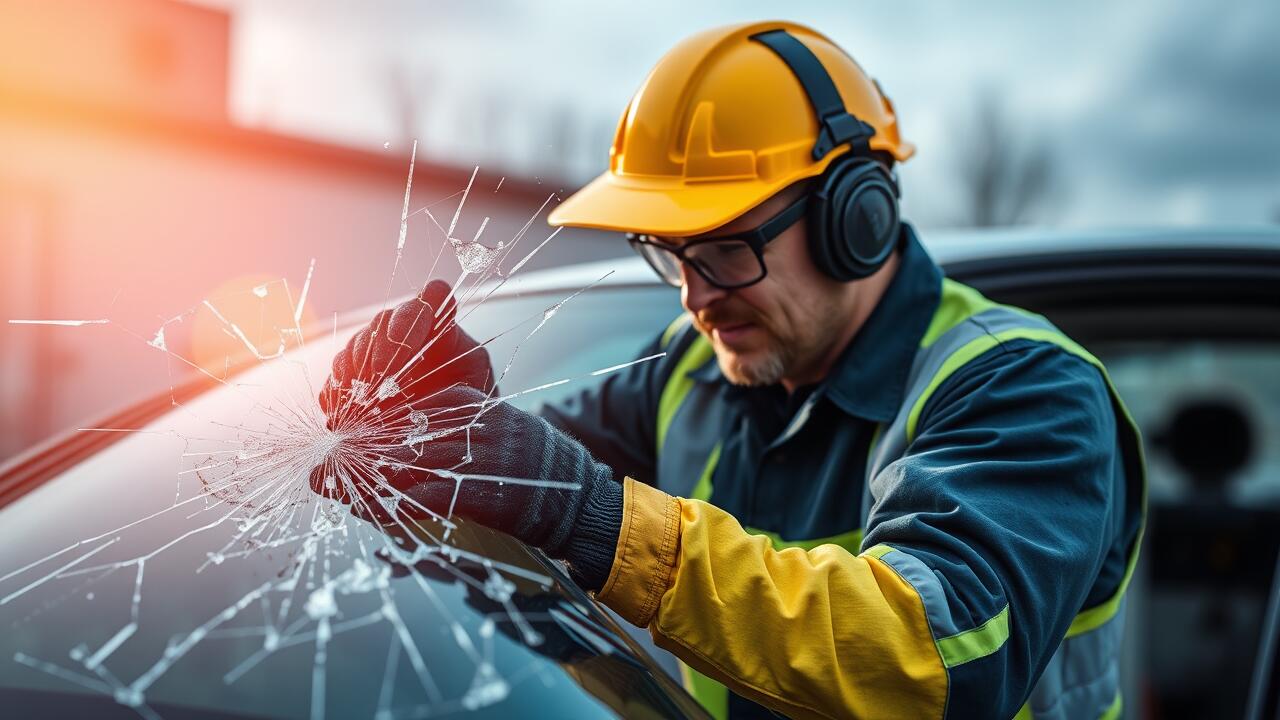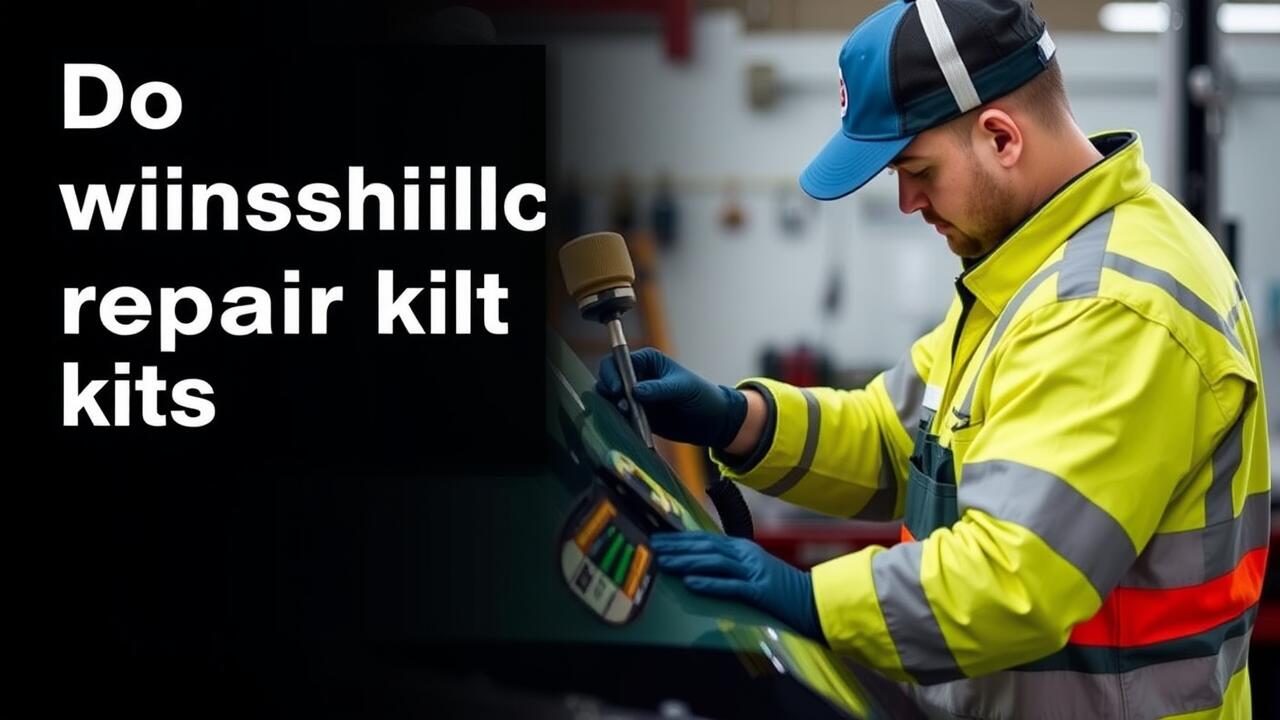
Table Of Contents
Step-by-Step Guide to Using a Repair Kit
Using a windshield repair kit can be a straightforward process. Begin by ensuring the area around the crack or chip is clean and dry. This helps the resin adhere properly, thus improving the repair's overall effectiveness. Most repair kits come with a suction tool that you’ll need to attach over the damaged area. Follow the kit's instructions to securely position the tool, ensuring a tight seal to prevent air from escaping.
Once the tool is in place, inject the resin into the crack or chip. Allow it to fill the damaged area fully, which may take some time depending on the size of the break. After the resin is applied, you might need to expose it to UV light for curing. After the resin has fully set, carefully remove any excess material and the suction tool. Inspect your work to determine if the repairs were successful before using your vehicle again.
Preparing Your Windshield for Repair
Before you embark on the windshield repair process, it's essential to ensure your windshield is clean and dry. Begin by removing any loose debris around the damaged area. This helps to avoid contamination of the resin during the repair. A soft cloth and some rubbing alcohol can be effective for cleaning. The area must be free of dust or moisture for the best adhesion of the repair kit components.
Once the surface is prepared, inspect the damage closely. Different types of chips may require varied approaches in terms of the repair method. Minor cracks and chips may be suitable for a DIY windshield repair kit, while larger or more complex damage might necessitate professional attention. Take note of the size and location of the damage to determine the best course of action and ensure the repair kit is appropriate for the task at hand.
Evaluating Repair Effectiveness
When assessing the effectiveness of a windshield repair, it's important to consider both the visual and structural outcomes of the process. A successful repair should leave minimal residual marks, ideally making the crack or chip less noticeable. Additionally, checking for distortions caused by the repair resin is essential. The goal of any windshield repair is to restore the integrity of the glass and provide a clear line of sight.
Another key factor in evaluating repair effectiveness is the longevity of the fix. A well-executed windshield repair should withstand environmental stresses, such as temperature fluctuations and vibrations from driving. Monitoring the repaired area over time can help determine if the repair has truly held up or if any issues, such as re-cracking, have emerged. A reliable repair will allow for continued safe use of the vehicle without the need for a replacement windshield.
Signs of a Successful Repair
A successful windshield repair can often be identified by certain visual and structural indicators. The initial chip or crack should appear less pronounced after the application of the repair kit. An effective repair will typically leave a clear, smooth surface where the damage once existed. You might notice minimal distortion in the glass, allowing for unobstructed visibility. This clarity indicates that the resin has been properly injected and cured, bonding with the glass effectively.
Another sign is the lack of further spreading of the chip or crack. If the repair has taken effectively, the integrity of the glass should be restored, preventing the damage from worsening over time. This durability is critical for ensuring that the windshield can withstand pressure from weather changes or road vibrations. In addition, a successful windshield repair will provide a sense of safety, allowing you to drive with confidence, knowing that your windscreen is structurally sound.
DIY vs. Professional Repairs
Opting for a DIY approach to windshield repair can be an attractive option for many vehicle owners. Repair kits are readily available and often come with clear instructions. This method allows individuals to save money while attempting to restore their windshield’s integrity. However, the effectiveness of these kits greatly depends on the user’s skills and the complexity of the damage. Minor chips and cracks may be successfully fixed at home, but more extensive damage often complicates the process.
Choosing professional repairs brings its own set of advantages. Experienced technicians possess specialised knowledge and tools that can ensure a more thorough and reliable fix. They are trained to assess damage accurately and determine whether a repair or a full replacement is necessary. While this option might be more costly, it can offer peace of mind knowing that the work is performed to industry standards. For critical situations or significant damage, professional windshield repair may be the best course of action.
Assessing the Difficulty of DIY Repairs
When assessing the difficulty of DIY windshield repair, it is essential to consider your comfort level with such tasks. Many repair kits come with step-by-step instructions that simplify the process. Understanding the components of the kit and following the guidelines can significantly reduce the challenges involved. However, if the damage is extensive or in a critical area, the complexity may increase, requiring a more skilled touch.
The effectiveness of a DIY windshield repair greatly depends on your attention to detail and following the manufacturer's recommendations. Proper preparation, such as cleaning the damaged area and ensuring the surroundings are ideal for the repair, is crucial. If you feel confident in your abilities and embrace a methodical approach, tackling windshield repair yourself can be a rewarding experience. Yet, for those uncertain about the process or facing significant damage, seeking professional help might be the wiser option.
FAQS
Do windshield repair kits actually work?
Yes, windshield repair kits can be effective for small chips and cracks, helping to restore the structural integrity of the glass and prevent further damage.
How do I know if my windshield is a good candidate for a repair kit?
Generally, chips smaller than a 10-cent coin and cracks shorter than 15 cm are suitable for repair. If the damage is extensive or in the driver's line of sight, professional repair may be necessary.
Can I use a repair kit on a laminated windshield?
Yes, most repair kits are designed for laminated windshields, which are commonly found in vehicles. Always check the kit’s specifications to ensure compatibility.
How long does it take to repair a windshield using a kit?
A typical DIY windshield repair can take anywhere from 30 minutes to an hour, depending on the complexity of the damage and your familiarity with the repair process.
Will a repair kit completely restore my windshield?
While a repair kit can significantly improve the appearance of the damage and restore some structural integrity, it may not make the windshield look as good as new or completely eliminate the visibility of the repair.

